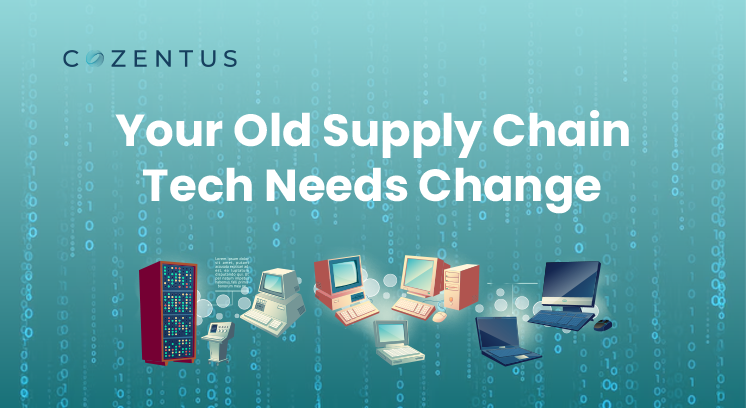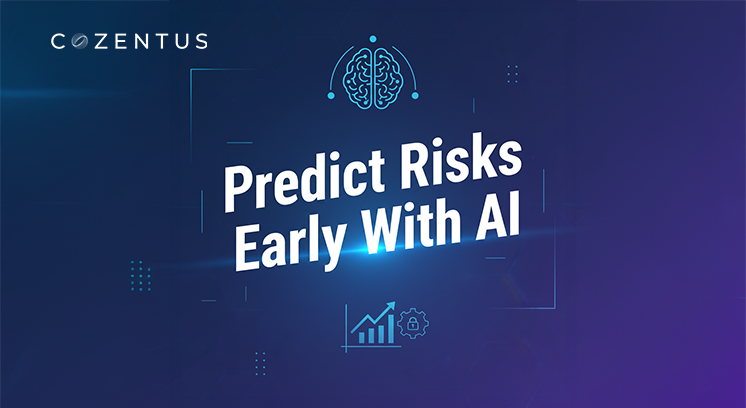As the world of logistics and transportation evolves and grows, so does the significance of digital data in optimising the process. Electronic data interchange, or EDI, allows supply chain visibility solutions participants to share real-time digital data.
Because of its capacity to send data in real-time and automate many of the operations involved in freight transportation, EDI has become the gold standard for data interchange in the logistics sector. It consists of automating freight shipment booking and the generation and exchange of documentation like bills of lading and invoicing.
The advantages of EDI are many, but the most significant is its potential to improve the efficiency of the whole supply chain by eliminating the need for human data input and paperwork.
Editor’s Note:
All logistics parties have invested in establishing EDI links across their systems to allow real-time data transfer and automatic milestone modifications. Additionally, complete and partial automation, as well as AI-enhanced route optimisation technologies, may help to accelerate transportation.
In terms of speed and efficiency, the advent of electronic data interchange (EDI) in logistics has been a game changer. All industry players have invested in establishing EDI links across their systems to allow real-time data transfer and automatic milestone changes.
What is the Supply Chain Definition of EDI?
The computer-to-computer communication of commercial documents between trade partners is known as electronic data interchange (EDI). EDI enables one firm to electronically communicate and receive information from another company in a defined manner, facilitating paperless communication.
EDI is the business language that links all supply chain visibility solutions participants and enables today's businesses to give better and more transparent service to their consumers.
How do Supply Chain Firms Use EDI?
Any supply-chain-centric business will encounter EDI in some way, shape, or form (even those that rely primarily on non-EDI data exchange), and it will be those businesses that leverage modern supply chain management software that will thrive in a landscape transformed by digital and e-commerce channels and revolutionised by Amazon.
It's no secret that EDI providers and the supply chain go hand in hand. Modern EDI systems enable supply chain visibility solutions to provide better, more transparent service to their consumers. Visibility throughout a corporate ecosystem is critical to success, so shifting away from archaic, expensive old technologies is vital.
The Advantages of Upgrading Your EDI for Better Supply Chain Management (SCM)
There are several reasons why real time supply chain visibility employs EDI in their operations. EDI functionality continues to be valuable, from saving unlimited money to enhancing speed, accuracy, and efficiency.
Cost Savings
A simplified documentation process assists businesses in meeting EDI service requirements, which helps to minimise penalties for SLA breaches, delays, and other performance gaps.
Speed
EDI enables firms to significantly reduce processing time via automation, hence shortening business cycles. For instance, EDI order processing that replaces conventional order-to-shipment processes may be reduced by 50% to 60%.
Accuracy
Nobody likes to make mistakes, and EDI helps firms prevent them. Employees who are required to manually input data into enterprise resource planning (ERP) software or order systems are more likely to make a mistake.
Efficiency
EDI is quick and accurate, which is why it is a widespread integration and automation tool for businesses worldwide.
Security
When an EDI model is in place, companies may feel safe and secure. In reality, EDI systems are often integrated with archive tracking and audit trail features to maintain security and restrict access to only authorised individuals.
Bottom Line
The correct EDI supply chain strategy will improve your operational efficiency, connections with your customers and trade partners, and overall end to end supply chain planning & visibility. But first, you must securely connect your end-to-end ecosystem, which is a complex undertaking considering the various legacy systems and cloud apps in use today.
To improve SLAs and ensure partner data compliance at all times, supply chain firms and other organisations that want to integrate and manage their ecosystem thoroughly need EDI and non-EDI.
Recent Post
Subscribe to our newsletter
Stay updated on latest trends and news in the supply chain and logistics industry







